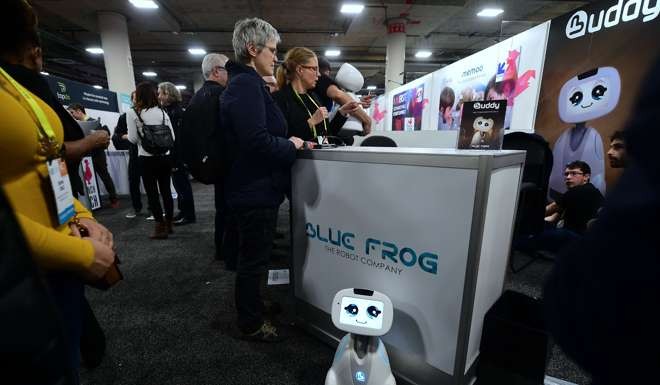
Race for the ‘smart home’ rising between Apple, Amazon and Google
Price in the contest is the connected household

In less than a year, Amazon’s combination of the Echo speaker system and the Alexa voice-controlled digital assistant has come close to delivering on the elusive promise of easy-to-use technology that can control gadgets in the home with a few spoken words.
Yet Amazon.com’s surprise success sets up a long-term battle with Apple and Alphabet’s Google for primacy in the connected household. And the contours of that competition are following a classic tech industry dynamic.
Amazon is pursuing an open-systems approach that allows quick development of many features, while Apple is taking a slower route, asserting more control over the technology in order to assure security and ease-of-use.

The strategic importance of the “connected home” niche looms large: Amazon wants a way to own its customer interactions -mainly shopping online - without an Apple phone or a Google Web browser as an intermediary.
Apple needs to keep the iPhone at the centre of customers’ lives, and has built a whole home automation architecture, called Homekit, into its smartphone.
Google, for its part, is investing heavily in both intelligent assistant software and home-automation devices like the Nest thermostats and, more recently, the Google Home speaker. But Google is behind in the race, with its speaker only hitting the market in November and compatible with a handful of gadgets beyond Nest and Dropcam, which the company also owns.
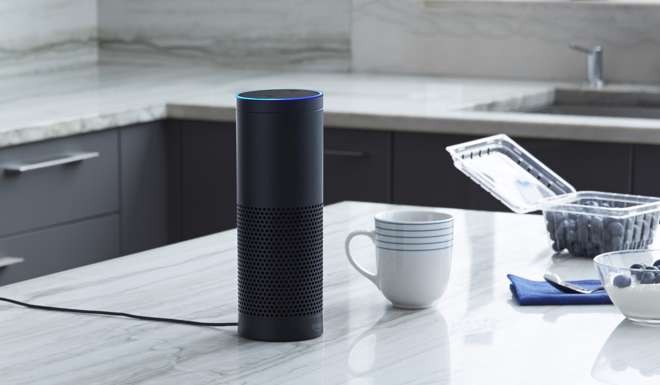
“When the iPhone rolled out in 2007, everyone developed for that. Right now, everyone is developing for the voice-activated Internet,” said Mark Mahaney, an analyst and managing director with RBC Capital Markets.
Mahaney estimates Amazon sold as many as 10 million Alexa-enabled devices over the holiday season. Google hasn’t disclosed sales for its Home speaker. Apple has declined to comment on reports that it has a voice-activated speaker in the works.
Apple spokeswoman Trudy Muller said the company is leading the industry by being the first to integrate home automation into a major platform with iOS 10.
“The number of HomeKit-compatible accessories continues to grow rapidly with many exciting solutions announced just this month,” she said.
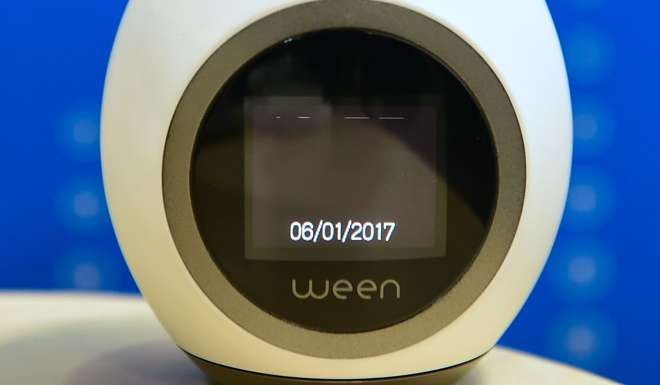
For the smart home, the key developer partners are the makers of household devices ranging from lighting systems to refrigerators. There are currently about 250 devices that are certified to work with Alexa, and Amazon has encouraged rapid development of third-party applications with its open-systems approach and even financial incentives for some partners.
Apple’s Homekit, by contrast, has about 100 certified devices. And the reasons behind that gap show both the risks and the potential rewards of Apple’s approach.
To be Homekit-certified, gadget makers must include special chips to work with Apple’s system. Developers that order small volumes of the chips say they can cost an 50 US cents to US$2, though prices are lower for larger buyers. Apple also requires developers to buy specific WiFi and Bluetooth networking chips that cost more than competitors.
The devices have to be made in special factories that are certified by Apple. A confidential Apple document obtained by Reuters lists more than 800 of these factories, but only a few specialise in home automation products.
Developers can ask Apple to certify an unlisted factory they want to use. But the limited selection means that device makers can’t always get the best prices or work with their preferred factories.
The founder of one startup that considered pursuing HomeKit approval for a device that helps control home temperatures said the company picked a factory with 40,000 employees that was making well known “Star Wars” toys, but it couldn’t use that factory for HomeKit products.
“They’re a huge company, a legitimate manufacturer that makes tech household brands. And yet they’re not certified,” said the founder, who declined to speak on the record because of non-disclosure agreements with Apple.
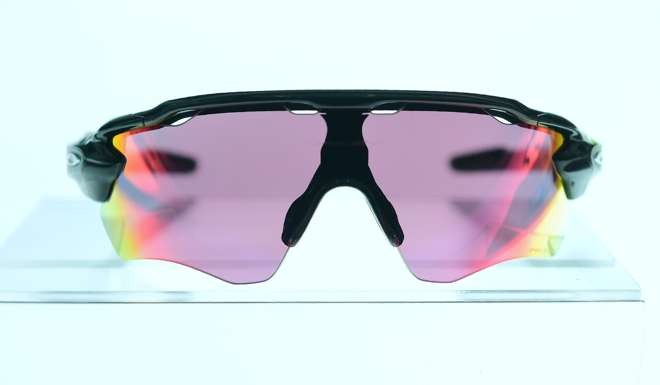
Manufacturers also have to send product samples to Cupertino, where Apple tests them extensively for compatibility. The whole process can take three to five months. During that time, device makers aren’t allowed to say publicly that they’re pursuing HomeKit certification.
Some developers say it’s worth it. “They found issues with our product before we released it that we didn’t find in our testing,” said Gimmy Chu, CEO of Nanoleaf, a smart lighting system. “We know that after we have the certification that it’s rock solid.”
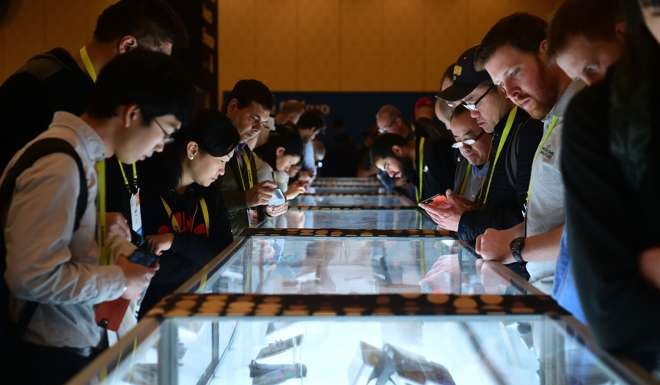
Alexa, by contrast, only requires smart home companies to write software code and submit it to Amazon for review. There are no special chips. To earn the “Works with Alexa” label -which isn’t required to function with Alexa but does help promote products on Amazon’s website - startups must have their products physically tested. Amazon does allow that to happen in a third-party lab, however.
Once those certifications are in hand, Amazon says it will decide whether or not a device gets the “Works with Alexa” label within 10 days.
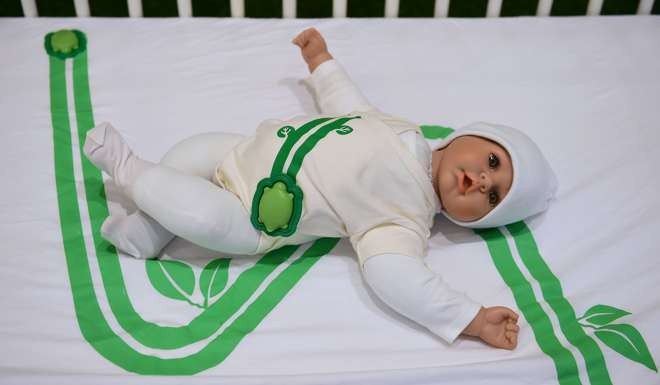
Apple’s approach has some clear advantages when it comes to privacy, security and ease-of-use. HomeKit gadgets, for example, can operate without being connected to the Internet. An iPad or Apple TV connected to the Internet is required if you want to control devices when you’re outside the house.
“It also makes for a better user experience,” notes Ahmed Abdallah, a senior engineer at Incipio, which makes HomeKit-compatible devices such as electrical outlets. “You’ll experience some latency if you’re always having to bounce off the cloud” as with Alexa.
Apple also has an advantage around setup. iPhone owners open up the Home app and set up a device with just a few taps. With Alexa, customers have to download the gadget’s companion app first, set up the device, then add a “skill” to Alexa in the Alexa app.
Apple’s ease of setup lured in some big brands like Hunter Fan Company, the top-selling ceiling fan maker in the US.
“If that experience isn’t good, it has a strong negative halo on the brand because customers just assume the product is bad,” said John Neilson, the company’s chief marketing officer.
Amazon acknowledges that unlike Apple, it can’t guarantee the security of third-party devices. A company spokeswoman did note that sensitive commands like unlocking doors have an extra layer of security such as a voice-controlled PIN.
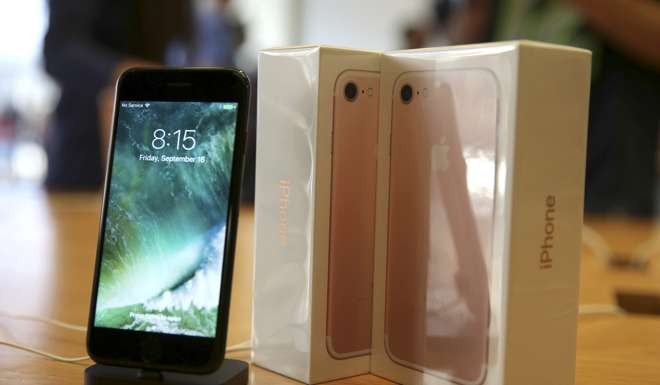
Still, it’s not clear whether Apple’s elaborate but slow-to-develop system will have enough advantages to overcome Amazon’s widening lead.
“The danger I see for Apple and the home is they’re assuming that because I have a smartphone that may be an Apple device, that alone is enough of a Trojan horse to establish their mindshare,” said Andreas Stavropoulos, a partner at venture capital firm DFJ. “I wouldn’t say that’s certain yet.”